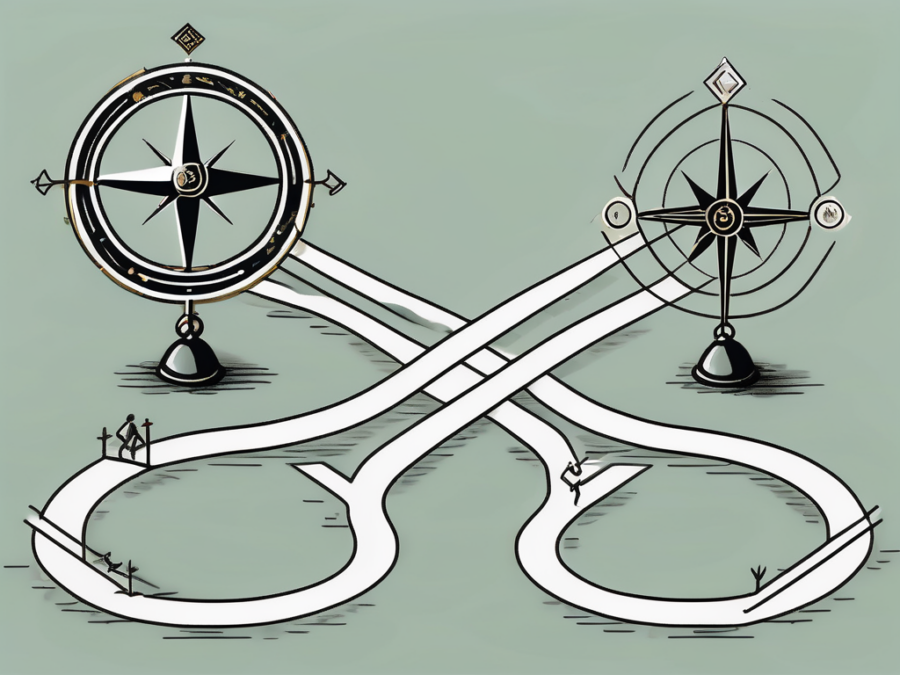In the ever-evolving realm of fashion, 3D printing and customisation are revolutionising the industry. these trends are paving the way for a future where creativity knows no bounds, individuality reigns supreme, and sustainability takes centre stage.
3D Printing in Fashion
3D printing, also known as additive manufacturing, is a process of creating three-dimensional objects from a digital file. In the fashion industry, this technology creates everything from accessories to clothing items. The beauty of 3D printing lies in its ability to create intricate designs that are normally difficult, if not impossible, to achieve with traditional manufacturing methods.
Moreover, 3D printing allows for rapid prototyping. Meaning, designers can quickly create a physical model of their design to evaluate its look and fit. This not only speeds up the design process but also reduces waste. In theory, designers can make necessary adjustments before going into full-scale production.
Notable Uses of 3D Printing in Fashion
Iris van Herpen, a Dutch fashion designer, has been at the forefront of incorporating technology into fashion since launching her label in 2007. Van Herpen has embraced experimental materials and techniques, including 3D printing, which she first used in her collections in 2009. Her unconventional studio setup includes not just sewing machines and patterns, but also tools like laser cutters and clay molding.
The adidas 4DFWD is the latest innovation in 3D-printed midsole technology from adidas. In partnership with Carbon, the 4DFWD features a unique bowtie-shaped lattice midsole structure that is designed to compress forward upon impact. Thus, redirecting vertical forces into horizontal forward motion.
Customisation in Fashion
Alongside 3D printing, customisation is another trend shaping the future of fashion. Today’s consumers are increasingly seeking products that reflect their individuality and personal style. As a result, fashion brands are offering more options for customisation, allowing customers to choose everything from the colour and fabric of their clothes to the placement of logos and monograms.
Customisation not only caters to the consumers’ desire for uniqueness but also adds value to the product. A customisable products are often perceived as more luxurious and exclusive, which can justify a higher price point.
The Role of Technology in Customisation
Technology plays a crucial role in enabling customisation in fashion. From online configurators that let customers design a pair of their own shoes to body scanning technology that ensures a perfect fit, technology makes customisation more accessible and convenient than ever before.
Furthermore, technology like artificial intelligence and machine learning can help brands predict and respond to individual customer preferences, further enhancing the customisation experience.
Combining 3D Printing and Customisation
When 3D printing and customisation come together, the possibilities for fashion are endless. Imagine creating a design for your clothes from scratch, choosing the shape, size, colour, and pattern, and then having them 3D printed to your exact measurements. Potentially the future of fashion.
Moreover, 3D printing could make customisation more sustainable. By producing clothes on demand, brands can avoid overproduction and reduce waste. Plus, 3D printed clothes are recyclable or compostable at the end of their life, contributing to a circular fashion economy.
The Challenges of 3D Printing and Customisation
Despite the exciting possibilities, there are still challenges to overcome. For one, 3D printing is currently a slow process, which makes it unsuitable for mass production. Additionally, the materials commonly used in 3D printing, such as plastic, are not always the most comfortable or durable for clothing.
As for customisation, while many consumers appreciate the opportunity to personalise their clothes, others may find the abundance of choices overwhelming. Brands need to strike a balance between offering customisation options and maintaining a clear brand identity.
Conclusion
3D printing and customisation are set to revolutionise the fashion industry, offering new possibilities for design, production, and personalisation. While there are still challenges to overcome, the potential benefits – from increasing creativity and individuality to a more sustainable fashion industry – are too significant to ignore.
As technology continues to evolve, we can expect to see more exciting developments in this space. As we watch in excitement how 3D printing and customisation shapes that future.



























